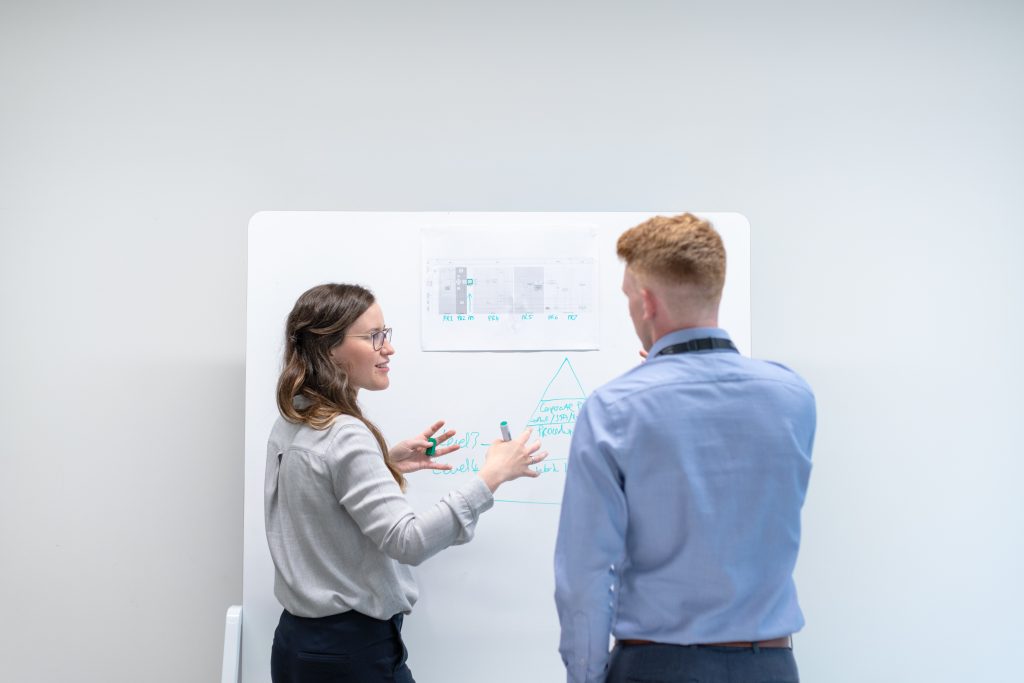With the rapidly changing business environment digital transformation is imperative, this has forced businesses to reinvent and reimagine themselves.
The innovation journey can be catalyzed through transformation, making the application and infrastructure landscape adaptive and flexible.
With remote working becoming a mainstay for businesses modernization has been amplified with priorities that have been redefined to ensure modernization goals are achieved.
Operating models are being realigned by organizations to broaden their digital presence, increase cost optimization and build future-ready systems with cyber security.
Modernization for business survival
To compete with the new age startups and companies born into the cloud. It is vital for businesses, even those with a limited digital footprint to have a digital-first approach to survive.
Brand perception is impacted by legacy applications leading to poor online experiences.
Business resilience is not achievable with inflexible systems that resist scaling out and the pandemic is a proof of that.
Maintaining legacy applications can be costly and tend to consume the much needed funds for innovation.
The slower response from legacy infrastructure can cause delay in time-to-market, impact revenues or cause disruptions to businesses.
Modernization planning to reduce business disruptions
Despite accepting the need for transformation most organizations held back with the fear of ‘business disruption’ and ‘time and cost factor’.
Companies hesitate to modernize due to failure to meet defined objectives and deliver expected value. These disruptions are a result of lack of proper strategy for modernization.
These challenges can be addressed through non disruptive modernization with focus and careful planning across several areas like data coexistence, mapping of data and transformation, external and internal application integration, user interface migration, change management and continuous support to realize the value of the business program.
To ensure clients don’t experience any disruption on business or day-to-day operations a carefully planned roadmap and framework is followed.
This is achievable through a three pronged methodology of micro-changed based agile delivery, bringing productive improvements and strong assurance.
Defining a modernization roadmap
Benefits from modernization initiatives are clear even though they can be intense and time consuming. Here are some of the best practices to embrace during IT modernization:
- A business focused modernization framework with defined goals needs to be created and validate the techno-commercial solution against these goals.
- With adequate planning to keep the business as usual unaffected, eliminate the journey with non disruptive modernization.
- For responsive, secure IT systems and extensible modernization architecture adopt extreme automation with Agile and DevSecOps.
- A future proof cloud enabled architecture for a resilient system can be embraced.
- To accelerate innovation and optimize cost, open source software can be leveraged.
With the business environment changing rapidly, it has made digital transformation imperative, forcing businesses to reinvent and reimagine themselves.
Modernization has the power to catalyze this innovation journey making applications and infrastructure landscapes much more flexible and adaptive.
Need help in modernizing your legacy systems? Let’s talk!







